Telos Audio Design
Quantum Active Cable
Power Blue
Incl. 21 % TAX € 2,995.00
Demo cables available!
- The one&only active power cord
- Schumann generator + active noise cancellation incorporated
- Telos OFC + far infrared nanomineral insulation
- Custom made Wattgate connectors
- Color blue with a black jacket
- Weight 900 gram
- Length 1.92 m
Unique Quantum Active Power Cord
2020 marks the 15th anniversary of Telos Audio Design. Kobayashi used a “previously unprecedented” active power cord as a milestone in his entrepreneurship, which is particularly commemorative. QAC is the abbreviation of Quantum Active Cable, which integrates all of Kobayashi’s knowledge and understanding of the audio industry he has gained in the last 20 years. QAC uses phase correction and noise reduction, Schumann wave tuning, component directivity matching, conductor absolute directionality, Quantum rare earth element and far infrared material tuning, special solder formula, torque screwdriver screw locking etc.
The eye-catching feature of QAC’s appearance is the black box the cable seems to run through. This box is not a simple damping ring used by ordinary manufacturers or filter elements used by MIT. The CNC cut black box is made of massive aluminum alloy and contains two active modules: a phase correction module and a Schumann wave module. The phase correction module is mainly the concentrated essence version of the QNR quantum noise reduction device. Its principle is to continuously detect and compare the 50 Hz frequency phase misalignment in the power supply, and send an inverted signal to couple the power supply back to the smooth 50 Hz sine wave waveform. The concept of QAC processing power is the same as the general power processor or purifier, but the difference is that the general power processor processes power and sends it through the power cord. This feedback signal may be contaminated or changed again, but because QAC has real-time processing and real-time correction, the effect is very direct.
In addition, QAC also uses a special connection, which was added to enhance the effect of phase correction. There are four wires in the QAC, three of which are neutral, live and ground. They are directly connected from the mains plug to the IEC connector, and there is no cut in the middle. The fourth wire is connected to the phase correction module from the live wire of the IEC connector. The other end of the module is sent back to the mains plug. As this connection is in parallel, the performance of the phase correction module will be enhanced. This processing path is shorter than a single QNR, and will continue to operate. Although the module is only small, the effect is still very significant.
QAC’s Schumann resonance module basically only takes power, and does not participate in the QAC circuit. The 7.81 Hz extremely low frequency it generates will directly connect to the capacitor on the back of the phase correction module, which will have a soothing effect on sound quality and timbre. This is a tuning technique, in which, as usual, much attention was paid to hand selection of components and the direction of internal wiring.
The QAC outer coating contains 11 kinds of rare earth elements and far-infrared substances, which improve the transmission performance of the conductor and will improve sound performance and tuning. Exposing the entire bundle of conductors to the effect of the outer coating evenly from beginning to end, compared to just partial exposition, the effect of full exposure is better of course. Both connectors of QAC are manufactured by Wattgate, and the screws are locked with an electronic torque screwdriver with extremely low tolerance. This has several benefits. The three screws of neutral, live, and ground are locked with the same torque, the force on the wire is the same, the impedance will be the same, the conduction will be the same, and the sound will be smoother.
the sound improvement is almost dramatic! Through QAC playback, I easily felt that the levels and trajectories of low and very low frequencies, as well as the lip-tooth and air sounds of the singer, the reverberation of the space, the sense of air, the background blackness, etc., were significantly improved. In addition all sound lines have become clearer, such as low-frequency lines and contours, the cohesiveness of singing voices, the solidity of the sound image and the sense of solidity, etc., have also been greatly improved. To put it simply, the clarity of the sound has greatly increased, and the individual body shapes have become very precise and meticulous. In contrast, the sound without these power cords is loose and lacks cohesion. More importantly, everything has become clearer, but your music sounds less restless, unfavorable, less noisy, and smoother! And the sound is transparent, and the cleanliness of the bottom of the sound is also improved, like the feeling of wiping your glasses clean. We can’t help but worry about our Telos customers because they are about to get broke…
Be the first to review “Telos Audio Design
Quantum Active Cable
Power Blue” Cancel reply
Related products
Incl. 21 % TAX € 280.00
Incl. 21 % TAX € 439.00
Incl. 21 % TAX € 139.00




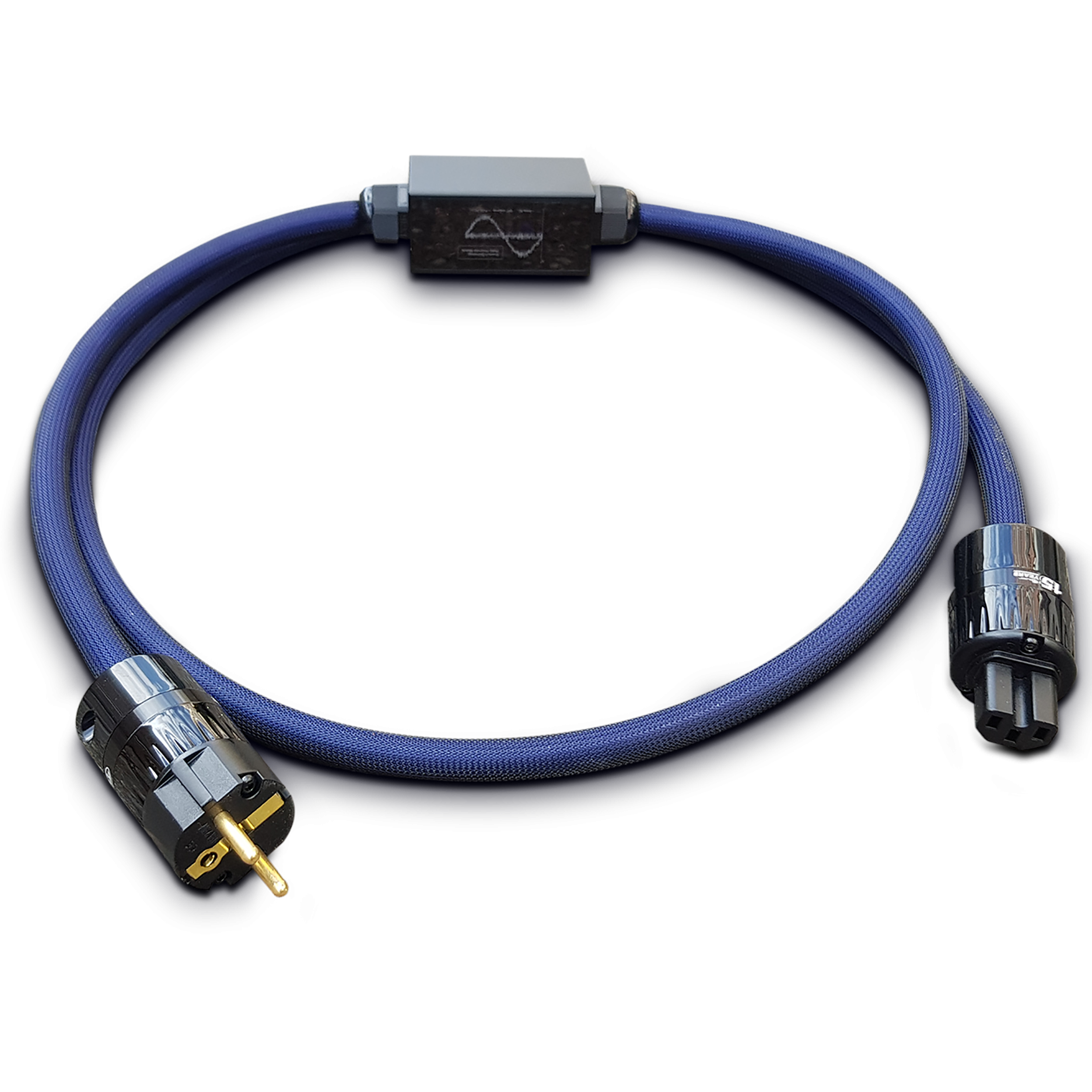
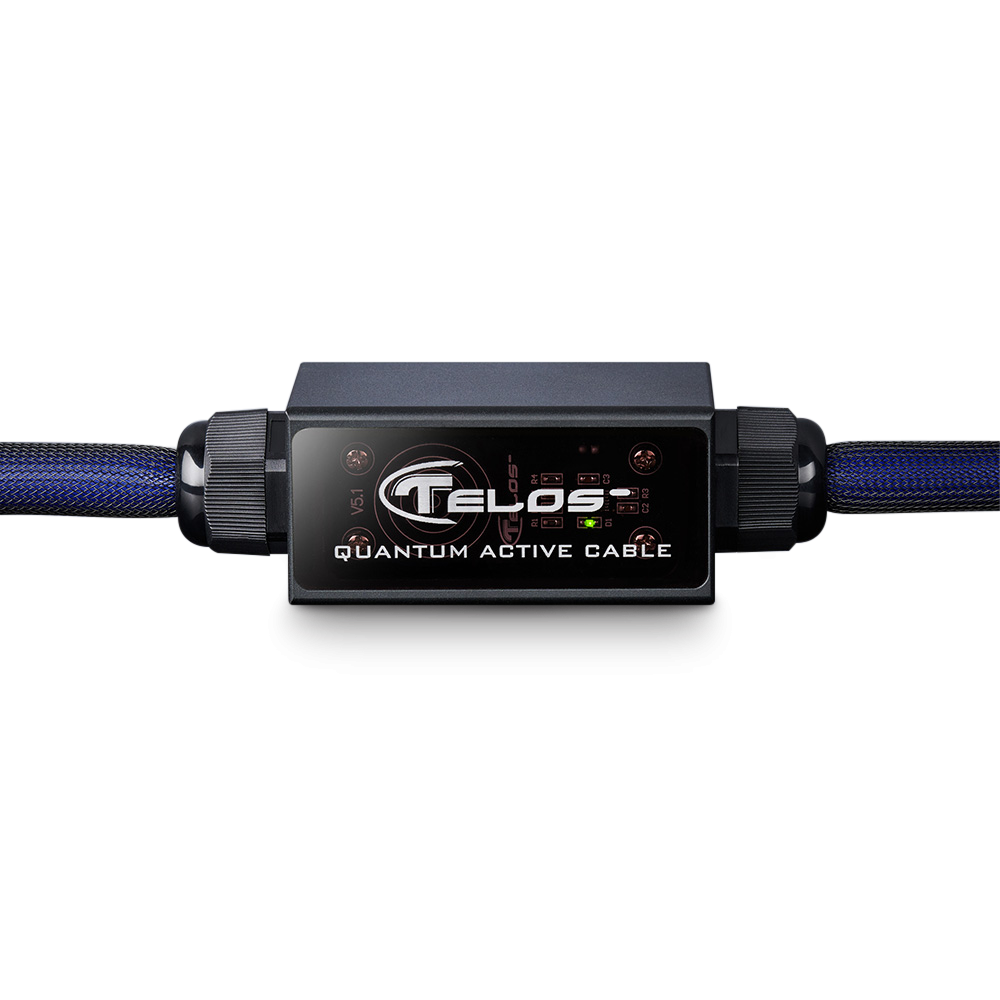
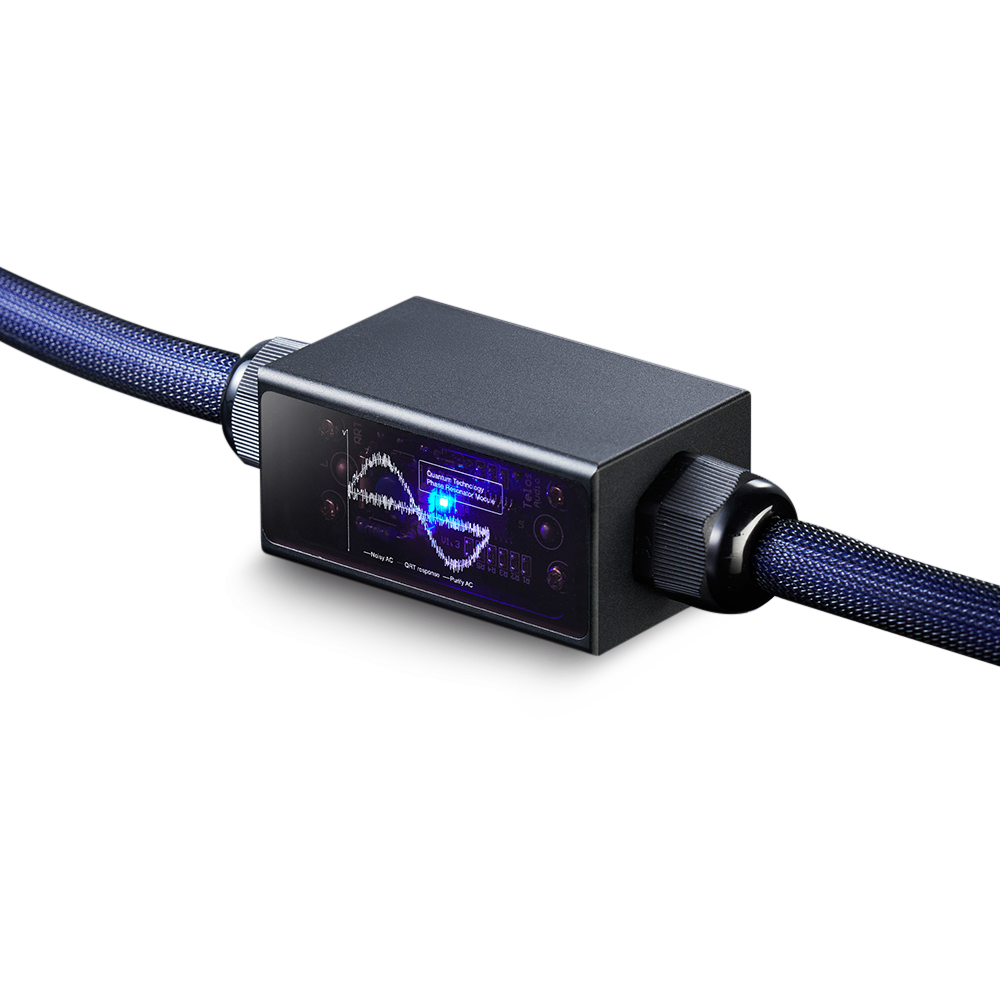
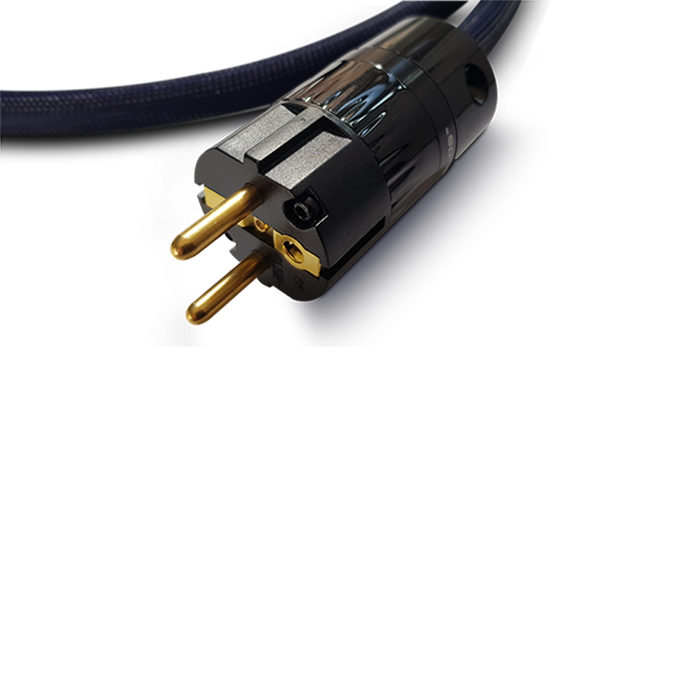
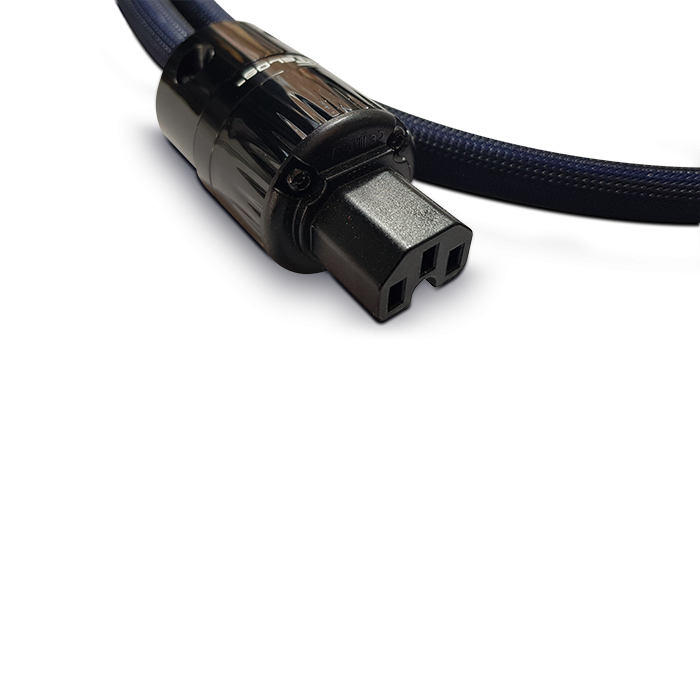

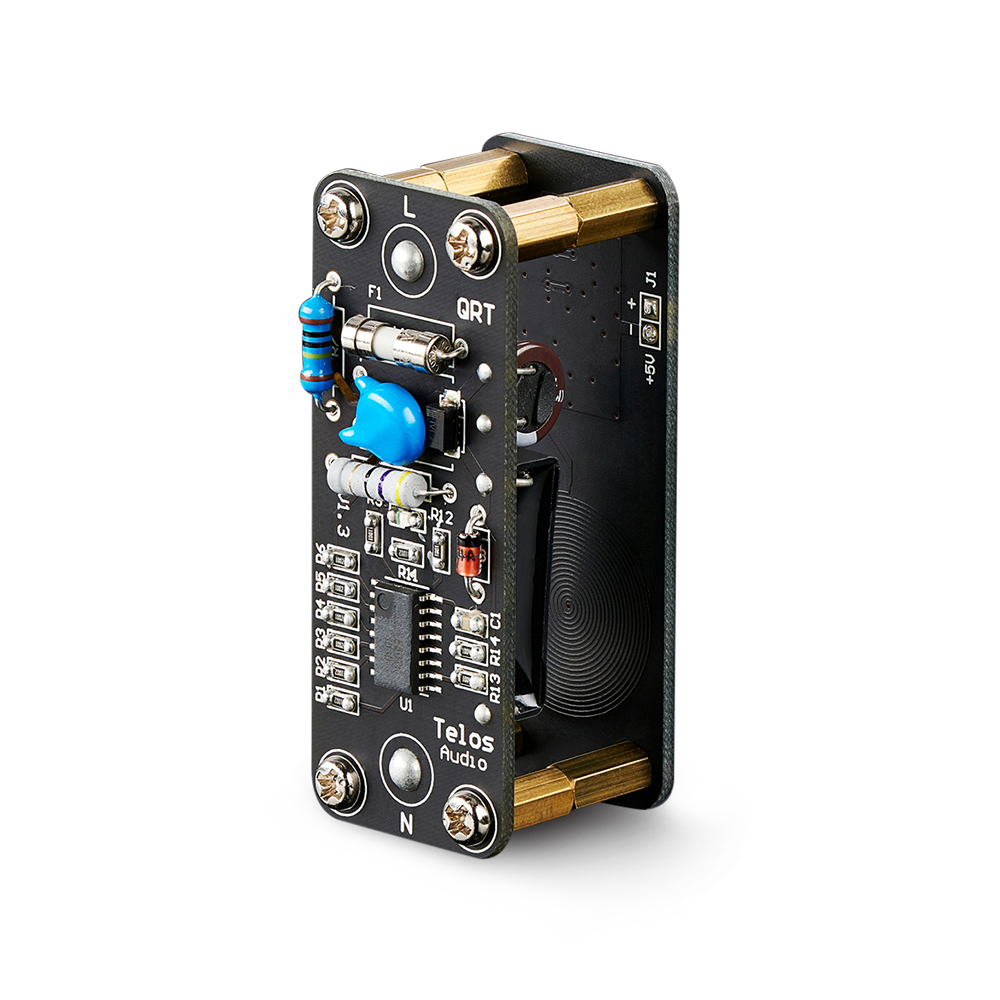
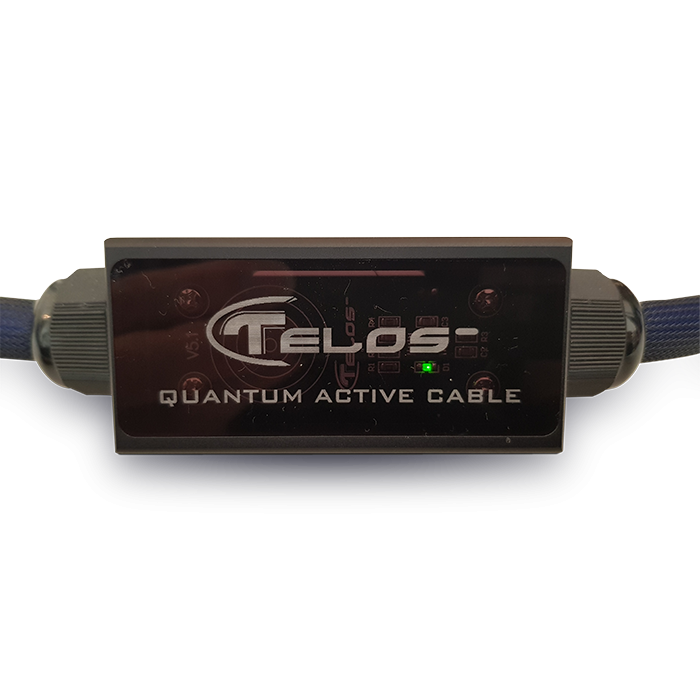
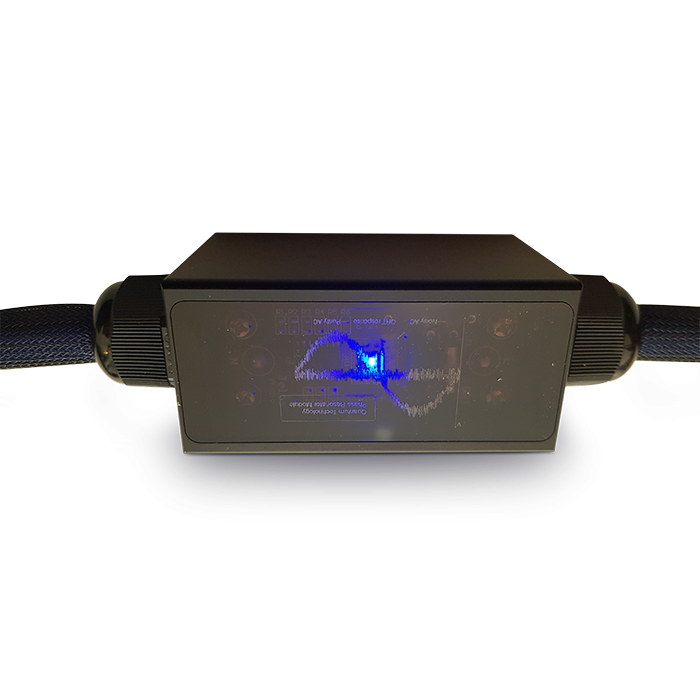
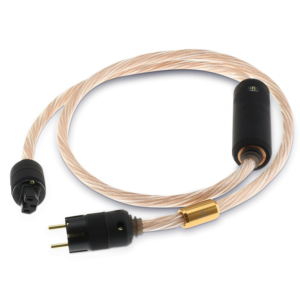
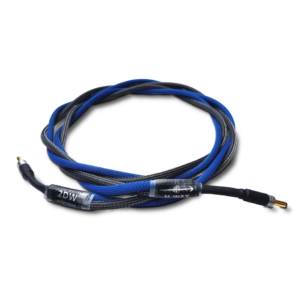
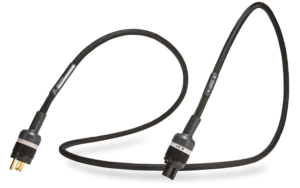
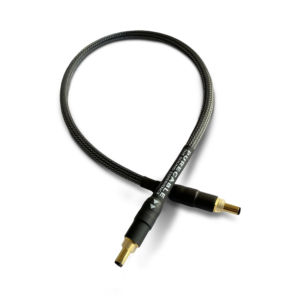
Reviews
There are no reviews yet.